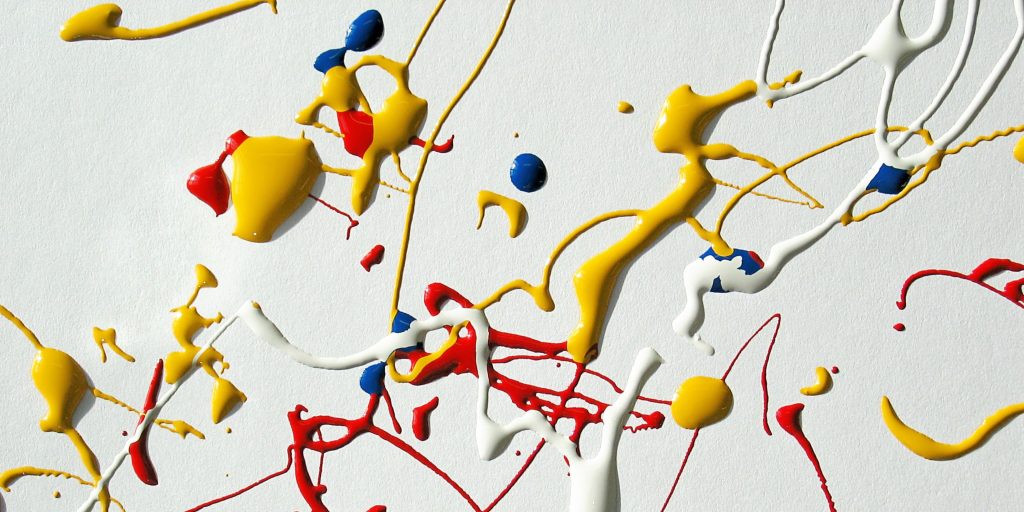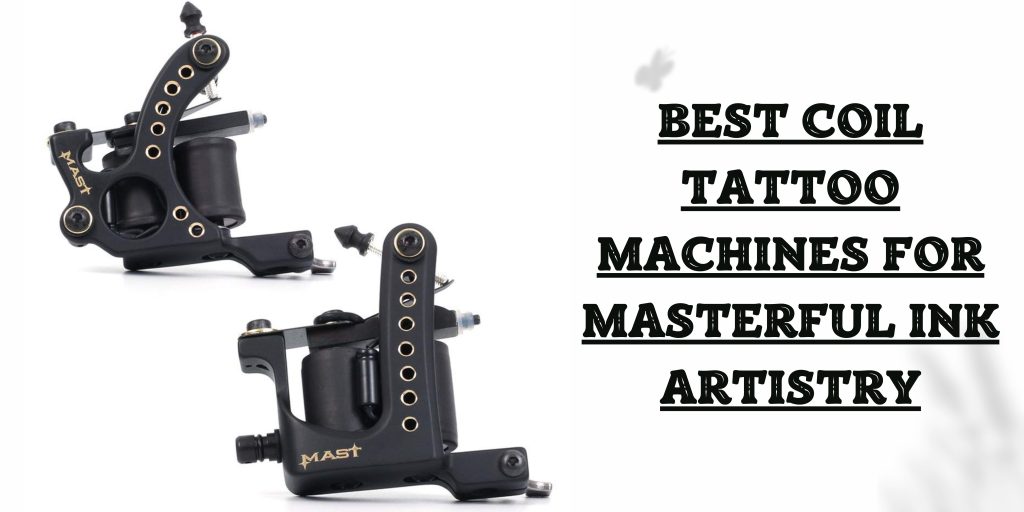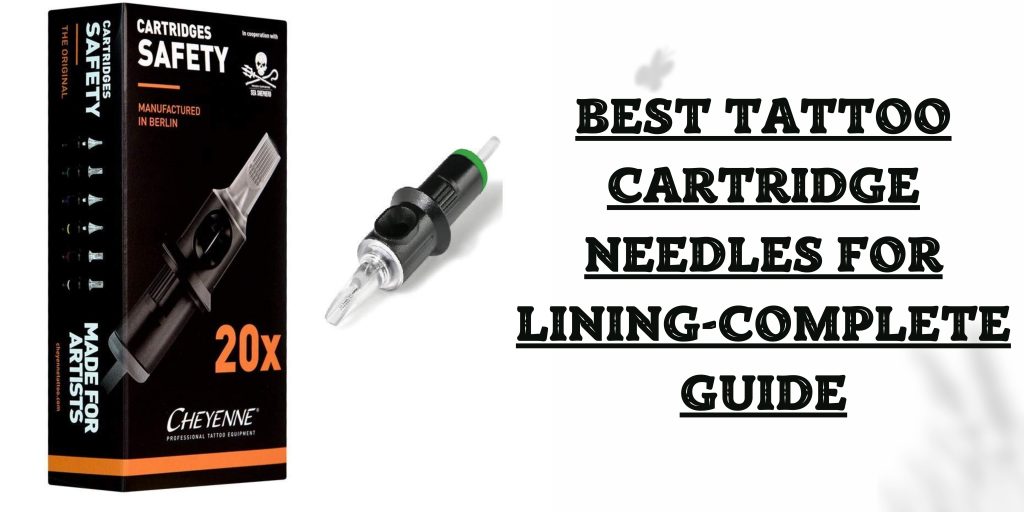When it comes to needles, most people picture two very different scenarios: one involves the buzzing tattoo parlour, and the other, the quiet and meticulous world of sewing. While these two worlds may seem worlds apart, they share a common thread – the needle. However, the needles used for tattoos and sewing are far from interchangeable. In this article, we’re going to explore the intriguing differences and surprising similarities between tattoo needles vs sewing needle
Anatomy of Tattoo Needles vs Sewing Needle
Sewing Needle Anatomy
Needle Shaft:
The long, slender part of the needle that holds the ink. It can vary in thickness and length, depending on the type of tattoo being created.
Needle Bar:
The needle shaft is attached to a needle bar, which connects to the tattoo machine. This bar allows for controlled and precise movement of the needle.
Needle Tip:
The tip of the needle can come in various configurations, including single needles, multiple needles grouped together, or specialized tips for shading and lining.
Tattoo Needle Anatomy
Eye:
The small hole at the top of the needle through which the thread is passed.
Shank:
The thicker, upper part of the needle attaches to the sewing machine.
Point:
The sharp end of the needle pierces the fabric.
Read More: Best Tattoo Cartridge Needles
How many types of Tattoo Needles vs Sewing Needle

Sewing Needle Types
Liner Needles:
These needles have a single or few sharp points and are used for creating outlines and fine details in tattoos.
Shader Needles:
Shader needles have multiple needles grouped closely together, allowing for smooth shading and colouring.
Magnum Needles:
These needles have a flat or angled configuration, ideal for filling in larger areas with colour.
Tattoo Needle Type
Universal Needles:
These are the go-to needles for everyday sewing and work well with a wide range of fabrics.
Ballpoint Needles:
Designed for knits and stretch fabrics, these needles have a rounded tip to prevent snags.
Embroidery Needles:
Featuring a larger eye for thicker embroidery threads, these needles are perfect for decorative stitching.
The Clash of Materials
One of the most significant differences between tattoo and sewing needles lies in the materials they are made from. This contrast in materials directly impacts their functionality.
Tattoo Needle Materials
Tattoo needles are typically constructed from stainless steel. This material choice is critical because it needs to be sterilized and durable. Stainless steel is corrosion-resistant and can withstand the rigorous sterilization processes required in the tattooing industry. This ensures that the needles remain hygienic and safe for use on the skin.
Sewing Needle Materials
Sewing needles are crafted from a variety of materials, including carbon steel, nickel-plated steel, and even gold. The choice of material depends on the specific sewing task. For example, carbon steel needles are durable and excellent for heavy fabrics, while nickel-plated needles are rust-resistant and ideal for everyday sewing. Gold-plated needles are used for delicate and decorative stitching.
Sizes of Tattoo Needles vs Sewing Needle
Another significant difference between tattoo and sewing needles is their size. Size matters when it comes to both comfort and functionality.

Tattoo Needle Size
Tattoo needles come in various sizes, typically measured in gauge. The gauge refers to the thickness of the needle shaft. Smaller gauge needles are thinner and are used for fine details, while larger gauge needles are thicker and suitable for filling in larger areas.
Sewing Needle Size
Sewing needles are categorized by size, with smaller numbers indicating thinner needles and larger numbers indicating thicker needles. The size of the sewing needle should match the weight and type of fabric you are working with. Thinner needles are suitable for lightweight fabrics like silk, while thicker needles are required for heavy fabrics like canvas.
Comparison Between Tattoo Needles vs Sewing Needle
Let’s sum up the key differences and similarities between tattoo needles and sewing needles in a handy table:
| Aspect | Tattoo Needles | Sewing Needles |
|---|---|---|
| Primary Purpose | Create permanent designs on skin | Join and mend fabrics |
| Materials | Stainless steel | Carbon steel, nickel-plated steel, gold |
| Needle Point | Sharp, precise | Varies (e.g., universal, ballpoint, sharp) |
| Size | Measured in gauge | Categorized by size |
Surprising Similarities
While tattoo needles and sewing needles serve vastly different purposes, there are a few surprising similarities between the two:
Precision and Control
Both tattoo artists and seamstresses require a high level of precision and control. Whether it’s creating intricate tattoo designs or sewing a straight seam, the ability to guide the needle with precision is essential in both crafts.
Needle Sterilization
Sterilization is a critical aspect of both tattooing and sewing. Tattoo needles must be meticulously sterilized to prevent infections while sewing needles should be clean to avoid contamination of fabrics. Both industries have strict protocols for ensuring needle hygiene.
Variety of Options
In both tattooing and sewing, there is a wide variety of needle options to choose from. Tattoo artists select different needle types and configurations to achieve specific effects, just as seamstresses choose needles based on the fabric and sewing technique.
Conclusion
Tattoo needles and sewing needles may belong to different worlds, but they share a common foundation – the humble needle. The materials, points, sizes, and purposes may vary, but the precision and craftsmanship required to wield them are remarkably similar. So, whether you’re getting inked or stitching up a storm, remember that the needle is the unsung hero behind the artistry and craftsmanship of both tattooing and sewing.







